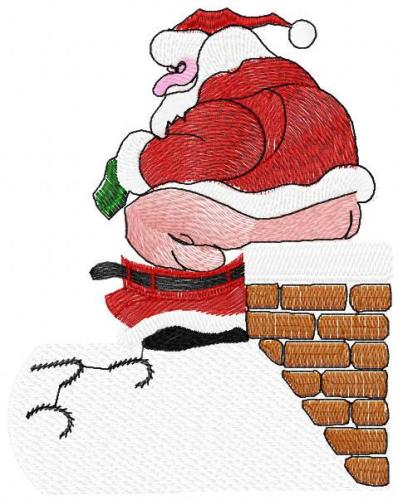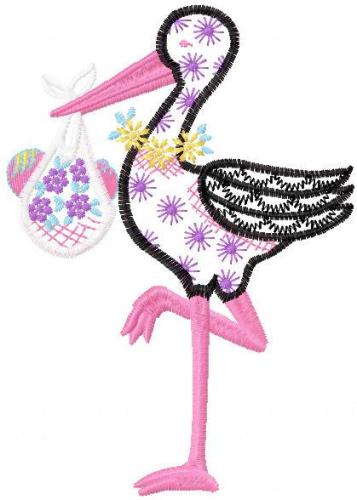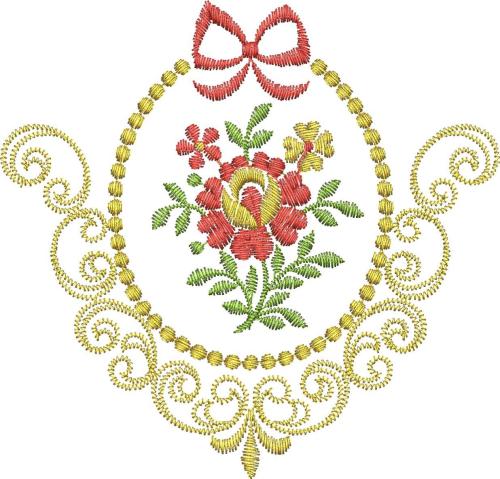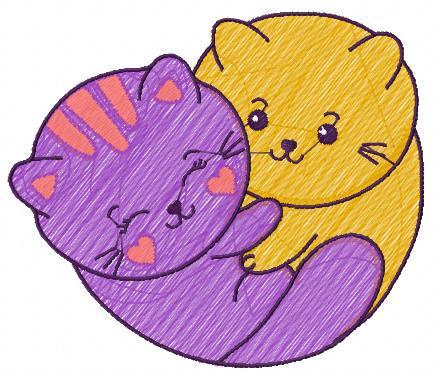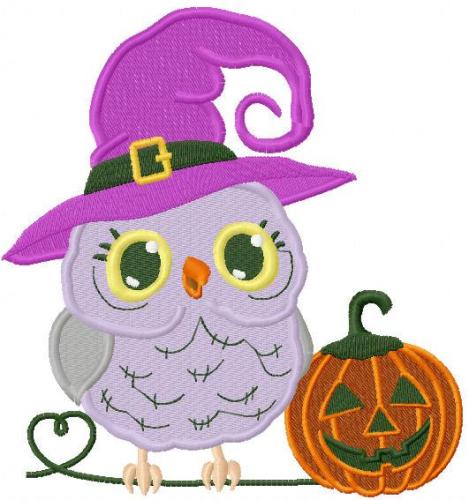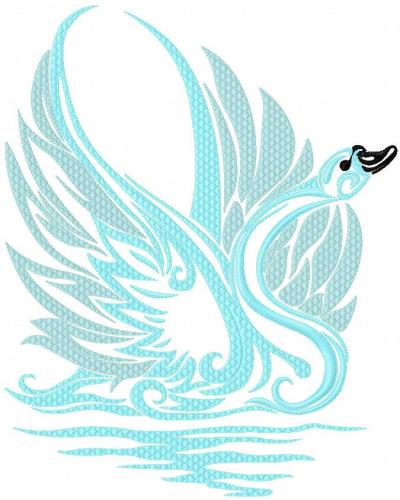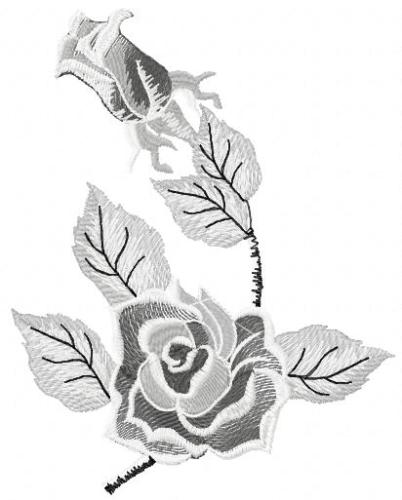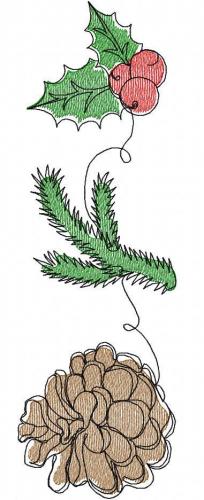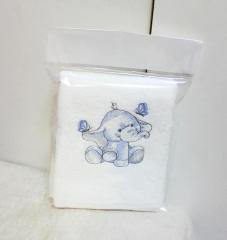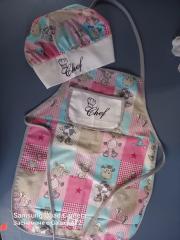
Puckering [also known as cupping] is the gathering of material in an embroidery design which results in noticeable mounds of fabric and/or curled designs. This is undesirable in quality stitching and when it occurs, the cause of the problem should be determined and corrected. There are a number of factors which can contribute to puckering and they include:
Embroidery design
Often design stitch densities are simply too high and editing is required to reduce this density. A quality digitized design will produce a stitchout which compliments and flows with the garment .... not protect it, like a layer of armor.
Insufficient or improper underlay stitching can also lead to puckering. Underlay stitches serve a number of purposes and one of them is to attach the material being stitched to the stabilizer before the actual top stitching begins. This helps to control some of the “push - pull” effect which will occur during stitching. Long stitch lengths tend to apply more “pull” to the material being stitched than short ones. Sometimes puckering can be reduced or eliminated by using shorter stitch lengths. For example, reduce 6 mm long stitches to 3 or 4 mm. Stitch direction can contribute to puckering. Designs having the majority of fill stitches running in the same direction or those that do not take into account the bias of the material being stitched, can produce puckering. If possible, direction of stitching should vary from one fill area to another and should run at an angle to the bias of the material. Improper pathing can also cause puckering. Stitching the outside areas of the design first and working towards the inside can result in the material being “pushed up” in the center. Generally, it is best to have a design stitch from the center - out [as much as possible].
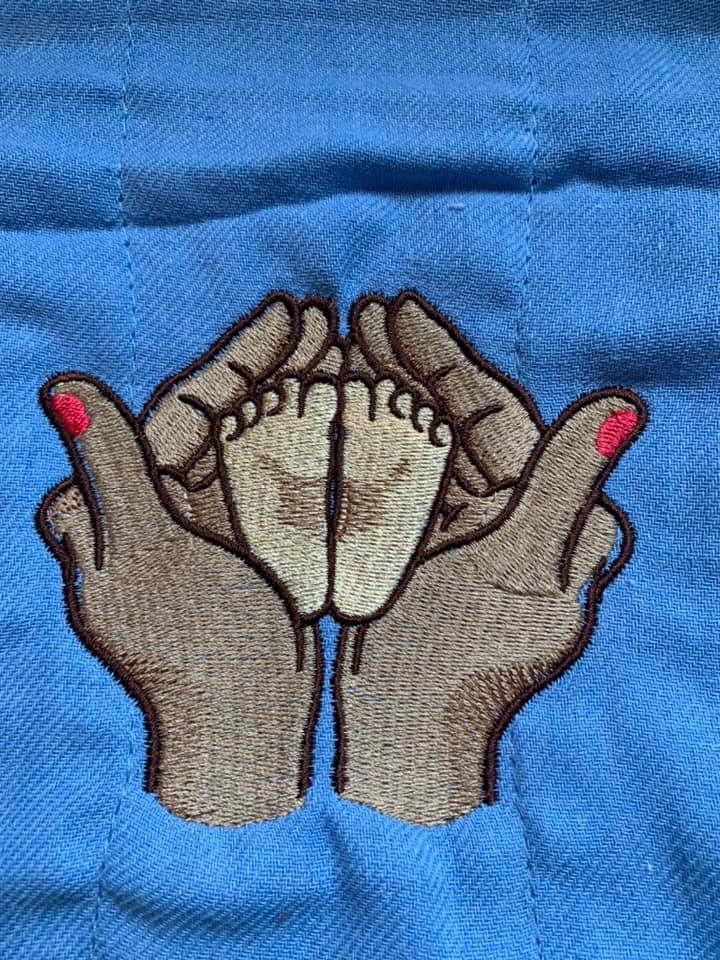
Little Feet In Hands embroidery design
Stabilization
Stitching without sufficient, proper stabilization can produce puckering [especially in lighter and/or problem materials]. As a general rule in embroidery, consider using a quality 2 - 3 oz. cut-away for most jobs because not only does the cut-away offer the best support during stitching, it also continues this support for the life of the garment. Switch to specialty stabilizers [tear-aways, mesh, water solubles, etc.] only when the job warrants it.
Hooping
Using a large hoop for a small design can lead to excessive movement and shifting of material .... which in turn can result in puckering. In order to limit material movement and reduce the chance of puckering, always use the smallest hoop possible and when hooping, the material / stabilizer should be taunt [but not stretched] in the hoop.
Thread tensions
An embroidery machine with excessively high thread tensions can cause unnecessary “pull” on the material beingstitched, which in turn can contribute to puckering. Properly tensioned, smooth, consistent running top and bobbin threads go a long way in creating a quality stitchout and help reduce problems like puckering.
Materials being stitched
Some materials [like nylon, silk, and light knits spandex and jersey materiasl] simply tend to be more prone to puckering than heavier, more stable ones [denim, fleece, heavy cotton, etc.] and when working with these more problematic materials, the embroiderer will have to do all that they can to eliminate the potential for puckering. Proper editing of designs, good stabilization , good hooping practices and avoiding overly tight thread tensions all contribute to reduced puckering problems. Use the above information on puckering as a guide. However as with most things in embroidery, each job will offer its own variables and challenges which often need to be dealt with on an individual basis.
-
 1
1



